Tokina at-X PRO M 100mm F2.8 D Macro Lens – Nikon AF Mount
Tokina Lens AT-XM100PRO D (Nikon Fit) The AT-X 100 PRO D is a macro lens capable of life-sized (1:1) reproduction at 11.8 inches (30 cm). The lens multi-coating has been re-engineered to match the highly reflective silicon based CCD and CMOS sensors in today’s digital SLR cameras. This lens gives the higher of both worlds
Tokina Lens AT-XM100PRO D (Nikon Fit)
The AT-X 100 PRO D is a macro lens capable of life-sized (1:1) reproduction at 11.8 inches (30 cm). The lens multi-coating has been re-engineered to match the highly reflective silicon based CCD and CMOS sensors in today’s digital SLR cameras. This lens gives the higher of both worlds because optics still give full coverage and excellent sharpness on 35mm film. A macro lens that can handle both the digital and film worlds with ease.
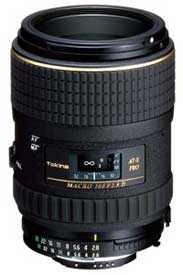 Specifications: Zoom range: 100 mm Maximum aperture: F/2.8 Minimum aperture: F/32 Optical construction: Nine elements in eight Groups Angle of view: 24 degrees 30′ Minimum focus distance: 11.8″ (30 cm) Macro ratio: 1:1 Focus limiter: 1.28 to infinity Number of diaphragm blades: 9 Filter size: 55 mm Width: 73 mm Height: 95.1 mm Weight: 19 oz (540 g) Dedicated lens hood included Focus Limiter Switch
Specifications: Zoom range: 100 mm Maximum aperture: F/2.8 Minimum aperture: F/32 Optical construction: Nine elements in eight Groups Angle of view: 24 degrees 30′ Minimum focus distance: 11.8″ (30 cm) Macro ratio: 1:1 Focus limiter: 1.28 to infinity Number of diaphragm blades: 9 Filter size: 55 mm Width: 73 mm Height: 95.1 mm Weight: 19 oz (540 g) Dedicated lens hood included Focus Limiter Switch
The AT-X 100 PRO D also has a very convenient focus limiter switch that can lock the focus making it faster to focus when used as a moderate telephoto lens that is excellent portraits as well.
Tokina One Touch Focus Clutch
Tokina One Touch Focus Clutch mechanism for fast easy switching between manual and auto focus.
Non-Rotating Filter
55 mm non-rotating filter thread for use with macro ring flashes and special effects filters.
Tokina Optical Technology
Aspherical Optics
A standard lens is made up of a combination of spherical lens elements. Individual “lenses” within the lens are commonly referred to as “elements”. A spherical element has an even curve to the surface of the glass. However, there can be problems with such elements; light entering the centre of the lens and light entering at the edge may not be highly focused at the same point. This is called spherical aberration. More enhanced computer assisted optical designs are creating lenses with more spherical elements. More spherical elements within a lens means a greater risk of spherical aberration having a negative impact on optical quality.
Wide-angle zoom lenses and wide-angle lenses with large apertures are especially at risk for spherical aberration.
To eliminate spherical aberration, Tokina employs aspherical all-glass elements in many of its optical designs to correct this problem. The aspherical shaped surface of the lens element focuses light rays entering both the centre and edge of the element correctly at the film plane for an accurately focused image. In addition to correcting spherical aberration, these elements fully correct light quantity and distortion at the edge of the image and provide excellent results when used in combination with a floating element design.
Through a close collaboration with Hoya Corporation, the world’s largest optical glass manufacturer, Tokina has succeeded in producing high quality precision moulded all glass elements with a greater aspherical shape than any other lens manufacturer. This technique is unparalleled in its technological sophistication and precision.
F&R Aspherical
This lens, the AT-XM100 PRO D encompasses Tokina’s new F&R aspherical moulded glass elements. These give outstanding performance with very even illumination in the corners and correction of spherical aberration across the image area.
SD Super Low Dispersion
When standard optical glass is used in telephoto lenses, a phenomenon called chromatic aberration can occur. Chromatic aberration is the inherent tendency for glass to disperse (separate) a ray of light into the colors of the rainbow. The rainbow effect created by a glass prism is the most dramatic demonstration of chromatic aberration. In lenses, it is much less pronounced, but still creates slightly out of focus colors, akin to an “optical noise” that has a negative impact on the quality of the picture. To eliminate chromatic aberration, Tokina employs expensive, special glass material having super- low dispersion (SD) properties.
Lenses in the Tokina line-up with the SD mark incorporate these Super-Low Dispersion glass elements, minimising the secondary spectrum or optical noise caused by chromatic aberration.
HLD
Tokina’s wide-angle and standard zoom lenses feature a higher quality of optical glass known as Tokina HLD (High-refraction, Low Dispersion) glass. Having higher refractive index and lower dispersion properties, HLD glass is far less likely than standard optical glass to create lateral chromatic aberration, which is often a problem with conventionally designed wide-angle lenses.
Multi-Coating
Reflections off the surface of lens elements are the enemy to any photographer and to every lens manufacturer. They are reduced or eliminated by bonding multiple layers of a transparent anti-reflection chemical to the surface of the glass. Tokina has developed and enhanced a coating technique for all of its optics so that they will maintain faithful color reproduction and render clean, sharp images.
Mechanical Technology
Floating Element System
When designing a lens, Tokina calibrated its astigmatism at all points between minimum focus distance and infinity so that it will give the best image results at all settings. However, when there are large differences between the focus limits, effect calibration is not possible. A floating element system incorporates optical elements that move in proportion to the focus setting of the lens. This allows astigmatism to be corrected. Many Tokina lenses employ floating element systems to provide optimum correction of astigmatism from minimum focus distance to infinity.
Internal Focus System
The two most used methods of focusing a lens are either the complete straight forward movement of lens elements (used mainly with single focal length lenses) or the rotation of the entire lens barrel group (used mainly with zoom lenses). The internal focusing system used by Tokina move each element group within the lens, but does not change the overall length of the lens. This is especially useful with telephoto designs.
The internal focusing system has a number of advantages including;
Faster focusing Improved handling due to fewer movements near the centre of gravity More compact lens designs Superior use of filters because the barrel with the filter thread does not rotate. Focus Clutch Mechanism
Tokina AT-X PRO series lenses all feature the patented “Focus Clutch” mechanism for switching the lens between auto focus and manual focus modes.
The manual focusing ring can move (be snapped) back and forth between an AF and MF position. When the focusing ring is forward in the AF position, it is not engaged to any of the internal focus gearing and will turn freely. Without the added weight of the metal ring the camera can auto focus the lens more quickly and smoothly.
For manual focus, simply rotate the focus ring all the way to one side or the other on the focus travel, either infinity or it’s closest focusing distance, then pull back (towards the mount plate) on the manual focus ring. While pulling back, rotate the ring from one side of the focus travel to the other. When the gears align, the focus ring will snap back into the MF position and the lens can be focused manually.
To return the manual focus ring to auto focus mode, simply snap the ring forward from any point.
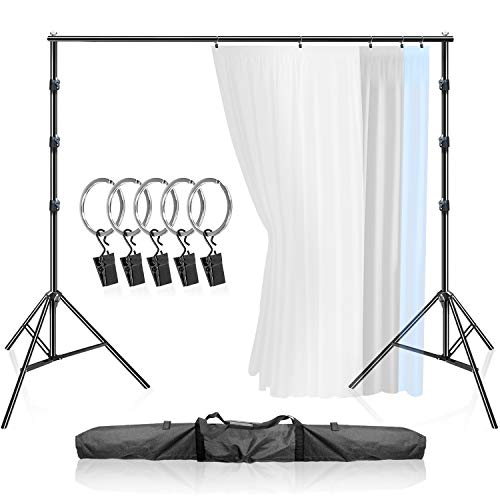

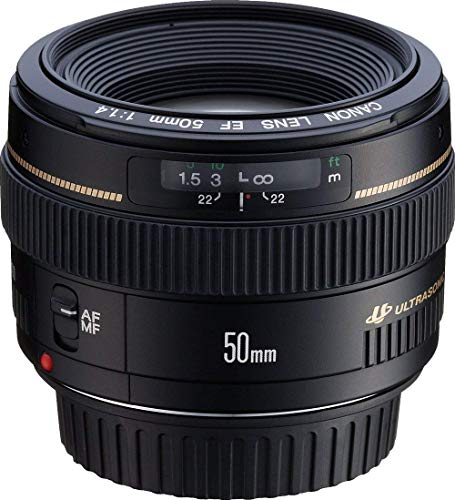

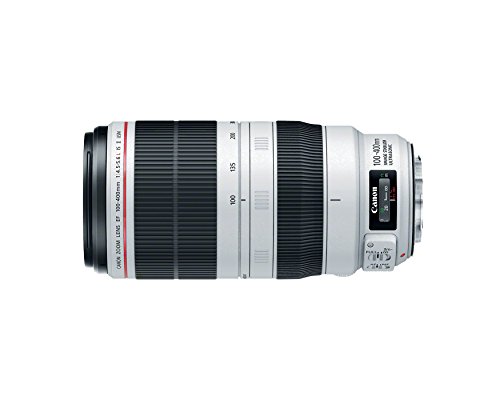
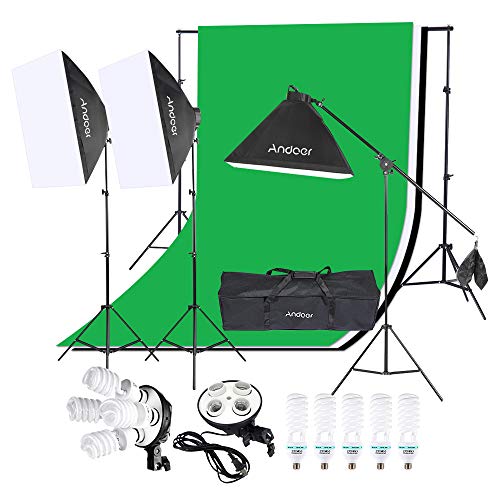
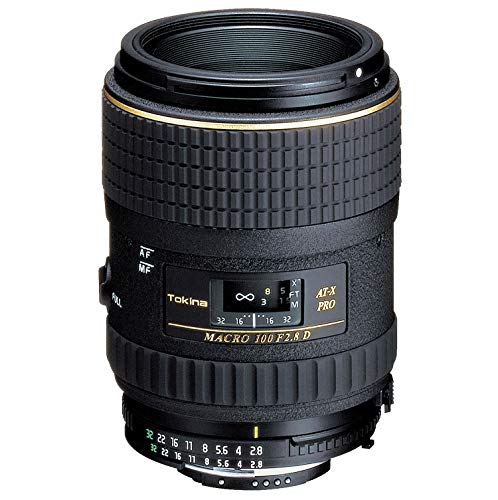
 Specifications: Zoom range: 100 mm Maximum aperture: F/2.8 Minimum aperture: F/32 Optical construction: Nine elements in eight Groups Angle of view: 24 degrees 30′ Minimum focus distance: 11.8″ (30 cm) Macro ratio: 1:1 Focus limiter: 1.28 to infinity Number of diaphragm blades: 9 Filter size: 55 mm Width: 73 mm Height: 95.1 mm Weight: 19 oz (540 g) Dedicated lens hood included Focus Limiter Switch
Specifications: Zoom range: 100 mm Maximum aperture: F/2.8 Minimum aperture: F/32 Optical construction: Nine elements in eight Groups Angle of view: 24 degrees 30′ Minimum focus distance: 11.8″ (30 cm) Macro ratio: 1:1 Focus limiter: 1.28 to infinity Number of diaphragm blades: 9 Filter size: 55 mm Width: 73 mm Height: 95.1 mm Weight: 19 oz (540 g) Dedicated lens hood included Focus Limiter Switch
AWESOME Lens for portraits as well as macro I am a working professional and former Nikon user. WhileI was a Nikon user I always used Nikon glass exclusively with the exception of this Tokina. I decided to try this lens on the recommendation of a colleague and several reviews I read online. The short version of my feedback… HOLY COW!!! This lens is tack sharp! The 100mm focal length is great not only for macro, but also shooting people (See attached images shot with this very lens) If you read all of the bench test info, I have no…
An amazing lens. Purchased on recommendation from the “Angry Photographer” An amazing lens. Purchased on recommendation from the âAngry Photographerâ 🙂 Very sharp with briliant color and clarity. Also great for portraits. Read the details carefully to see if autofocus is available with your camera body. My D500 drives it but it’s manual only on my D5500 but still awesome…esp for macro which I use manual anyway.
Not an all around lens, but excellent macro Amazingly sharp lens for fx and dx. AF is a screw drive mechanism, so AF it will not work on lower end DX bodies. Auto focus is also slow which in my opinion is its biggest flaw. To switch from manual to autofocus, they have integrated a clutch mechanism which allows you to switch very quickly. Another big complaint that I have is that at a normal portrait distance, the aperture will be a 3.5 or smaller. I was hoping that I could use this as a portrait lens, but the loss of speed kills it…